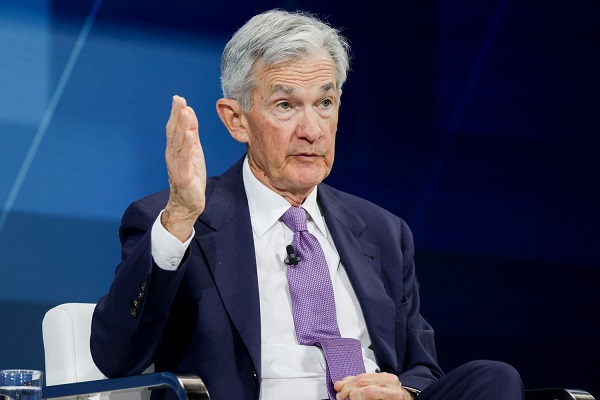In a widely anticipated move, the Federal Reserve has announced a 0.25 percentage point cut to its benchmark federal funds rate, bringing the target range to 4.25% to 4.5%.
This marks the third rate cut in 2024, following reductions earlier this year in September and November. The decision, while signaling a commitment to economic stability, reflects the complex balancing act the Fed faces amid persistent inflation, rising unemployment, and broader global uncertainties.
Decoding the Decision
The Fed’s decision was not without debate. While most officials supported the rate cut as a measure to sustain economic momentum, there were notable dissents, such as Cleveland Fed President Beth Hammack, who favored holding rates steady.
This divergence highlights the intricate challenge of navigating an economic landscape where inflation remains above the central bank’s 2% target and unemployment has edged up to 4.2%.
Chair Jerome Powell emphasized that while the rate cut aims to provide relief to businesses and households, it’s not a signal of an open-ended easing cycle. “We’re taking measured steps to address the dual mandates of price stability and maximum employment,” Powell stated in a press conference.
Fewer Rate Cuts in 2025
Looking ahead, the Fed has revised its outlook for 2025, projecting only two additional quarter-point reductions compared to earlier expectations of four.
This tempered approach reflects the Fed’s cautious stance in the face of mixed economic signals. Inflationary pressures remain stubborn in certain sectors, while geopolitical factors and policy uncertainties under the incoming administration of President-elect Donald Trump add layers of complexity.
What It Means for Households
For consumers, the rate cut translates into marginally lower borrowing costs. Mortgage rates, car loans, and credit card interest rates could see slight declines, offering some financial reprieve. However, savers may face diminishing returns on deposit accounts, a tradeoff that underscores the delicate interplay between borrowing and saving incentives.
Small business owners and investors could benefit from easier access to capital, potentially spurring investment and expansion. Yet, with inflation still a concern, the purchasing power of consumers may not see significant improvement in the short term.
Implications for the Broader Economy
The Fed’s move underscores its commitment to stabilizing an economy grappling with transitional challenges.
While the labor market remains resilient, rising unemployment and slowing job creation hint at vulnerabilities. Additionally, global economic headwinds, including shifting trade policies and fluctuating commodity prices, add to the uncertainties.
By taking a measured approach to rate adjustments, the Fed aims to navigate these challenges without overcorrecting.
The slower pace of anticipated cuts in 2025 reflects a pragmatic strategy to ensure that inflationary pressures are kept in check while fostering conditions for sustainable growth.
Conclusion
The latest rate cut by the Federal Reserve is a calculated step to address evolving economic dynamics. While it offers some relief to borrowers and businesses, the path forward is marked by cautious optimism.
As policymakers tread carefully, the focus remains on balancing growth and stability, ensuring the economy is equipped to weather the challenges ahead.
Also Read
NVIDIA stock soars: What analysts are predicting for the AI giant’s future
SoundHound AI stock surges to new heights amid strong growth

